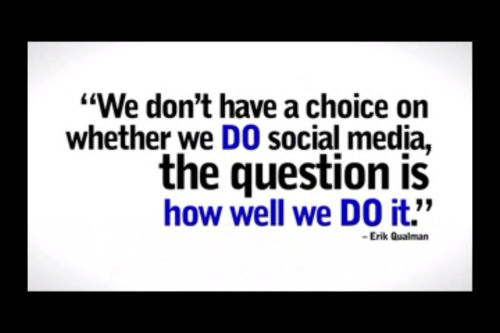After I heard an interview with Cyrus Farivar on CBC radio, I read his book "Internet of Elsewhere" to better understand how the Internet has developed in four countries besides Canada. Farivar’s book describes how the Internet has emerged in four different countries and settings: South Korea, Senegal, Estonia and Iran.This book was an interesting and informative read and did a great job of illustrating how geography, culture, economy and politics all impact the development of Internet in a given location. The main points I took away from this book are that the development and more importantly the application of the Internet is shaped by its locale and context. Different Countries = Different Internet Profiles
Farivar demonstrates that the Internet has developed and been applied in very distinct ways in each of the four countries he examines, and it stands to reason that the same is true for other locations as well. These conclusions provide some interesting and important findings for Internet development in rural Manitoba and rural Canada. Within, the development field, participant input and context is essential for development work and will result in unique projects specific to a community or group. It should be as no surprise that the development of the Internet within a community exhibits similar traits. Farivar describes more than 15 years of Internet development in South Korea, Senegal, Estonia and Iran; and the levels that have been achieved in each of these countries varies dramatically. While the differences in Internet infrastructure and adoption between the more and less developed countries in Farivar’s writings are eye opening, perhaps most informative is the different paths taken between South Korea and Estonia, two developed countries that have successfully reinvented themselves with the use of Internet and Information and Communication Technology (ICT).
Ranked 2nd and 33rd for ICT in the world respectively by the International Telecommunication Union (ITU), South Korea and Estonia are espoused as leaders in ICT infrastructure and adoption. While the ITU identifies strong ICT access, skill and use in both countries, Farivar illustrates that the Internet is being used very differently in each country.
South Korea is a world leader in mobile phone connectivity and has the world’s premiere professional online gaming league. Estonia on the other hand is a pioneer in e-governance and electronic citizenship along with being a leader in offering free wifi to residents and tourists alike.
These countries are amongst the world leaders in ICT and Internet, but they have arrived there via different roads and their citizens have adopted the technology in different ways, creating unique Internet profiles or footprints.
Different Communities = Different Internet Reality
Applying Farivar’s conclusions, to develop effective connectivity and adaptation of the Internet in rural communities, it is necessary to understand the the community and its users. Understanding community characteristics and working with community residents to determine how they might use the Internet helps to increase the effectiveness of Internet infrastructure, skills and applications.
When I worked at Function Four Ltd., I helped to develop an ICT assessment tool called the E-Index that measured infrastructure, affordability, skills, and utilization which I also describe here. When initially applied in 2004 to rural Manitoba communities, it revealed that levels of ICT varied significantly. Amongst the differences, some were not surprising, as in the case of ICT infrastructure - the number of computers, mobile phones and level of connectivity in southern communities near Winnipeg were higher than their more remote counterparts in northern Manitoba.
However, the E-Index also revealed that many northern communities had higher usage rates than their better connected neighbours to the south. Highlighted in both E-Index reports and in my Master’s thesis, follow up discussions in the community of Misipawistick Cree Nation (MCN), revealed that households with computers in northern communities often had a lineup of people waiting to use computers. In 2004, this created the surprising reality where a community in which less than a ⅓ of households had computers, more than ⅔ of residents were using computers regularly.
MCN’s E-Index profile in 2004 is one of my favourite examples of how the Internet can be adopted so differently in communities. On one hand the E-Index revealed that this northern community had lower infrastructure and poorer affordability than its southern neighbours but in spite of this challenge, the residents of MCN still had had higher usage rates than many of the southern communities.
The purpose of this example is to demonstrate that differences in ICT exist at a community level as well as at a national level. In some cases, the differences might be as large and as surprising as they were for MCN in 2004. In other cases, it might be a situation where community A offers free wifi throughout the community while community B doesn’t have free wifi but offers free computer training. Each of these unique characteristics of community infrastructure, skills and applications impact the reality of Internet in those communities and differentiate them from their neighbours.
While communities side by side may appear to have similar Internet histories and characteristics, the realities of Internet in each community is different. Communities have different strategic plans and visions, how about digital strategies?
Unfortunately digital planning in many rural communities stops with achieving general connectivity, while communities should be developing specific digital plans that meets their infrastructure, skill and application goals. Do you know of any examples of rural communities having tailored digital strategies or plans?
Sources:
http://internetofelsewhere.com/
http://www.itu.int/ITU-D/ict/publications/idi/index.html
http://functionfour.com/about/
Kelly (2008). Knowledge Planning, Community Development in the Knowledge-Based Economy. Thesis, Brandon University, Brandon.




